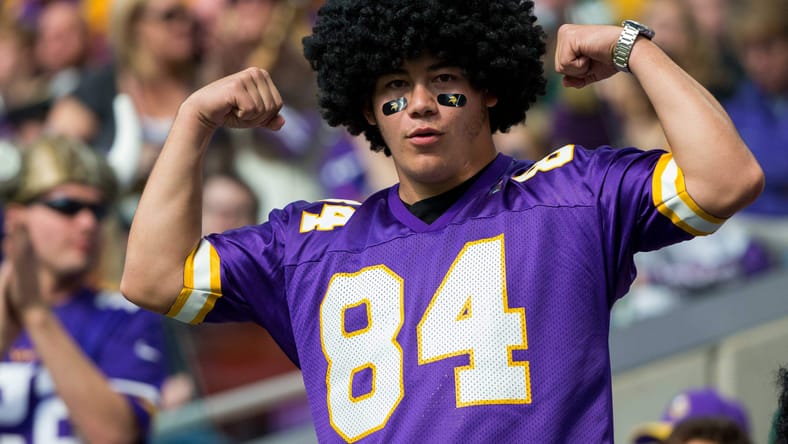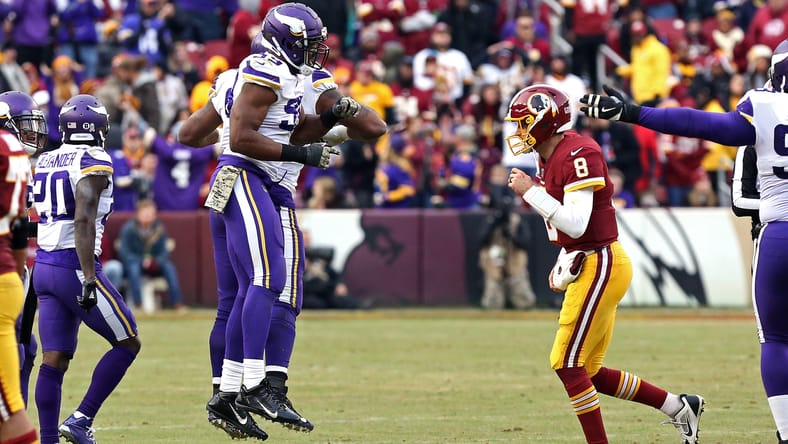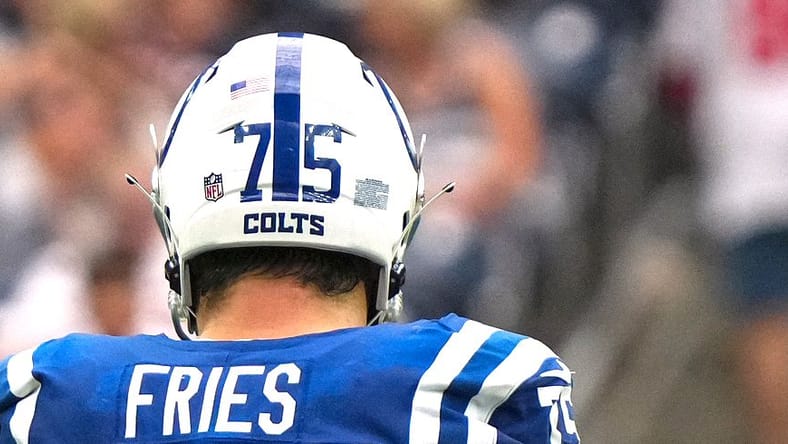Longstanding Vikings Problem Has Been Erased

One of the highest-paid players on the Minnesota Vikings roster is no longer named “Dead Cap.”
The Vikings are no longer plagued by a frustrating matter that followed them for years. A new era has quietly begun. And it’s about damn time.
The Vikings cut ties with Mr. Dead Money this offseason, pivoting to a new era of financial flexibility, mainly because their quarterback, J.J. McCarthy, is playing on a team-friendly rookie deal.
For a while, Minnesota’s persistent dead cap problem has been erased.
A New Financial Era for the Vikings
Paying players to work elsewhere has been substantially reduced.
Vikings’ Dead Cap Woes in the Rearview
This one is best illustrated with numbers. The following text group illuminates Minnesota’s dead cap and NFL ranking from the last several seasons. Note: the higher the number, the more the dead cap (so, if a team ranks 32nd in dead cap, it means it has the most in the NFL).
Vikings Dead Cap,
Since 2020:
+ NFL Ranking:
2025: $11.9M (6th)
2024: $70.3M (28th)
2023: $46.1M (20th)
2022: $29.0M (16th)
2021: $25.5M (16th)
2020: $36.9M (27th)
Minnesota ranked near the middle of the league or at the bottom more often than not in the previous half-decade, but those dreadful cap woes are now over.

Fifth-worst (2024) in dead cap to sixth-best (2025) is quite the achievement and a testament to general manager Kwesi Adofo-Mensah’s steady tactics.
What Is Dead Cap?
Here’s the best way to interpret dead money, courtesy of USA Today‘s Jacob Camenker: “Dead money – which is also known as ‘dead cap space’ or simply ‘dead cap’ – is a salary cap charge for a player no longer on a team’s roster. Typically, it stems from guaranteed money already given to a player in the form of signing bonuses who is either released, traded or retires.”
“NFL rules allow signing bonuses, option bonuses and certain roster bonuses to be prorated for up to five years. While the sum of the bonus is usually paid up front, the team accounts for the bonus by evenly spreading it out over the duration of the contract to avoid taking a massive salary cap hit in the first season.”

For five years, purple fans merely grew accustomed to dead funds. It’s just how football worked during the Kirk Cousins era.
“However, in the event that the team and player part ways before the end of the contract – whether it’s via a release, trade or retirement — the remaining prorated bonus accelerates onto the team’s current salary cap. That ensures the total value of the contract paid by the team matches the overall cap hit the player had while with the organization,” Camenker added.
Long story short, and the common way fans speak of it: It’s money a team pays a player to play elsewhere (in a roundabout way). Kicking the can down the road and its aftermath.
So, They Built Their Trenches
Thanks to dead funds off the books, Adofo-Mensah conducted his now-famous spending spree in March, signing Will Fries (G), Ryan Kelly (C), Jonathan Allen (DT), and Javon Hargrave (DT) in free agency.

The signings were not a one-for-one replacement for the evaporation of dead funds, but not having that blemish on the ledger made it easier to pursue a richly deep free-agent crop by Minnesota’s standards.
Out with the dead funds; in with building the trenches fun.
Clean Slate Next Year, Too
For now, Minnesota is scheduled to have just $1.6 million on next year’s books. Not every team can claim that navigability. These are the top five offenders per dead funds for 2026:
- New Orleans Saints ($48.6M)
- New York Jets ($42.6M)
- Philadelphia Eagles ($42.0M)
- Miami Dolphins ($30.8M)
- Cleveland Browns ($22.5M)
It’s worth noting that Minnesota will almost certainly be creating more dead funds for 2026, but it’s so far, so good, eight months out.
Perspective from PurplePTSD
Our own Kyle Joudry weighed in on the dead cap standing last week, “The good news is simply that the Vikings are in a much different position than last offseason. In 2024, the largest cap charge on the Vikings’ books belonged to Kirk Cousins even though he was a Falcon down in Georgia.”
“The former QB1 was leaving behind $28.5 million in dead cap funds, a hit for a single player that nearly doubles the current year’s total for all of the dead money contributors. Making matters even worse were the hits leftover from Danielle Hunter, Marcus Davenport, and several others.”

Generally speaking, the roster now reflects a team without a scourge of dead cap. It’s why the depth chart feels so deep.
Joudry continued, “Per Spotrac, the Vikings were seeing north of $70 million chewed up as dead money, a staggering total. Moving into the future, Kwesi Adofo-Mensah is again going to need to do the salary cap dance. He’ll be forced to make some tough calls, decisions that lead to dead money. Already, Garrett Bradbury is showing up on the 2026 budget with $1.628 million gone. Seeing Harrison Smith retire would lead to even more and so, too, would a decision such as cutting Brian O’Neill.”
“Adofo-Mensah has proven to be quite adept at managing an NFL budget. Part of that has involved not just accepting but overcoming dead money. The challenge will again present itself as early as the 2026 season.”
While dead cap demons have been exorcised, Minnesota’s salary cap next year is already naughty. They’re $60 million in the hole, the worst in the NFL, at least as of July 2025.

You must be logged in to post a comment.